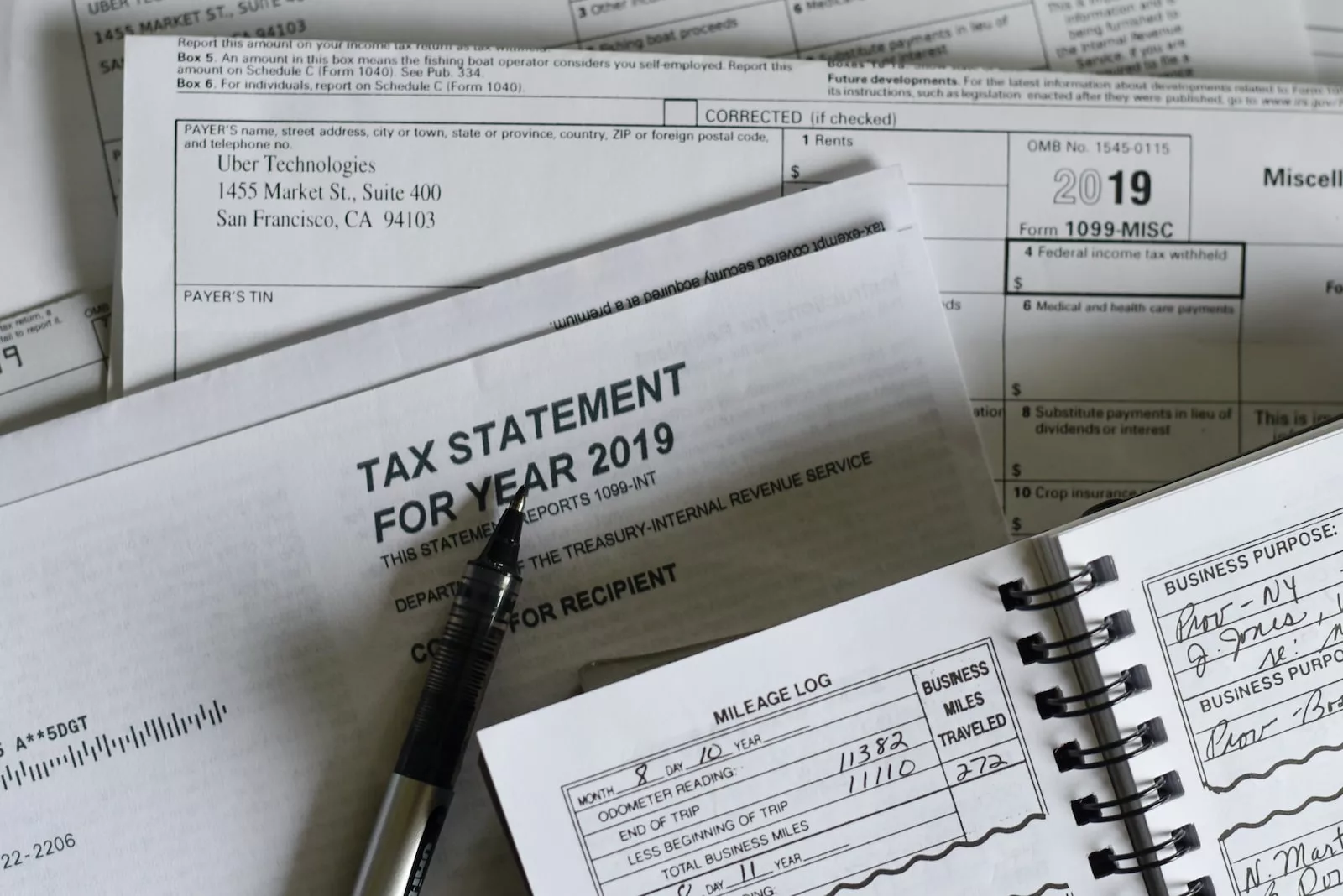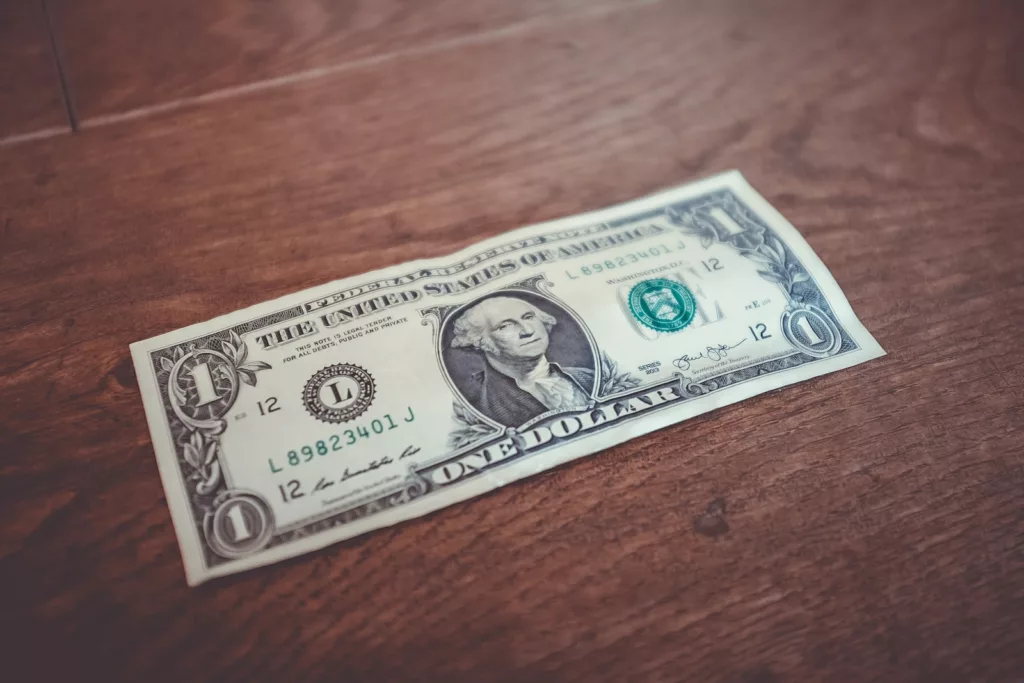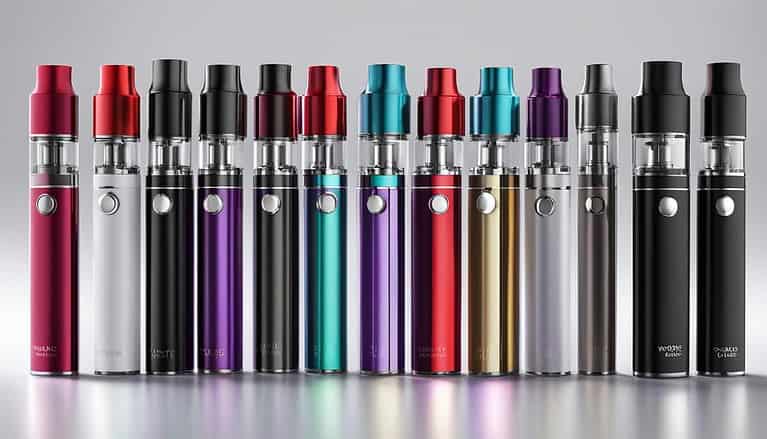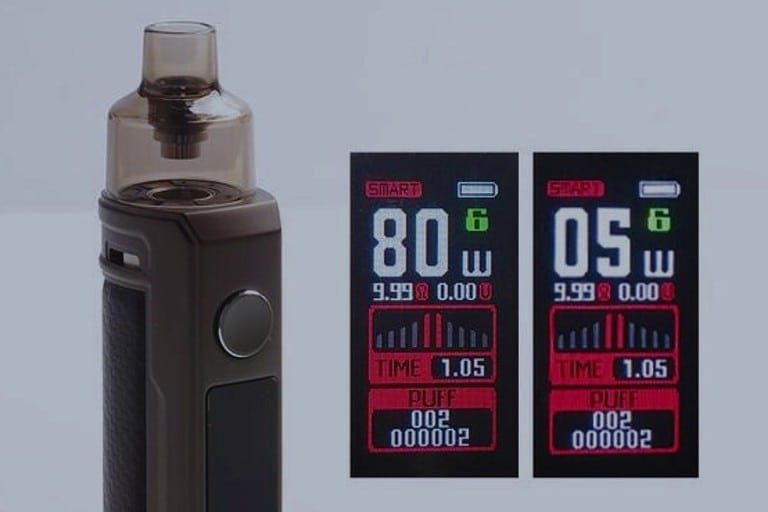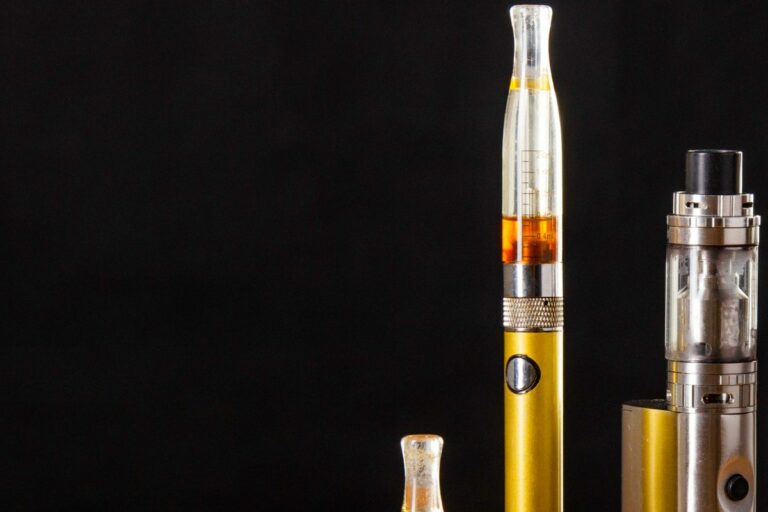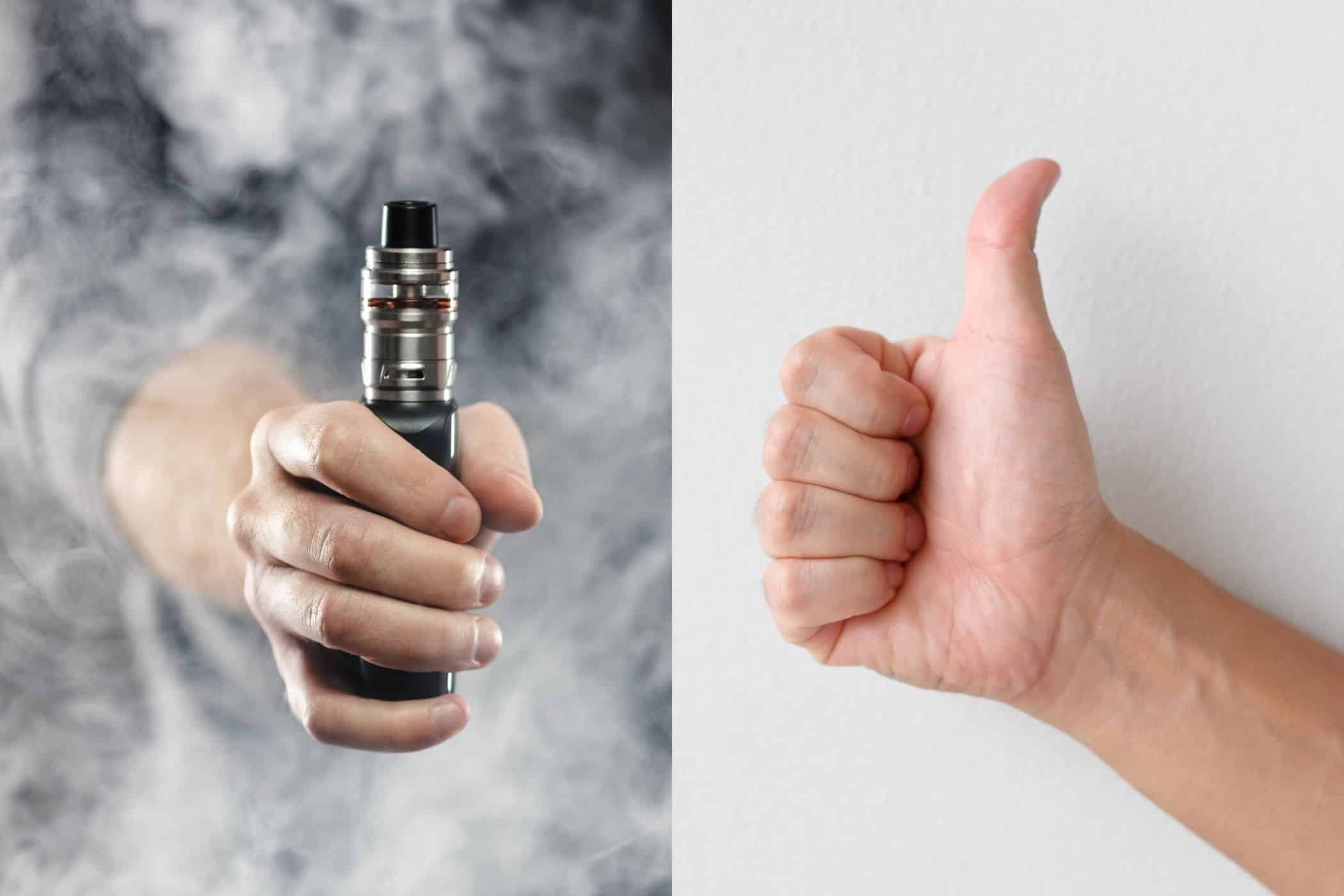Federal Vape Tax: Building Back, But Not for Better Health
People all over the U.S. have heard of the new federal vape tax, but what few people know is that it’s not just a tax—it’s also a way to help build back the economy. The federal vape tax was put into place in 2020 as part of President Biden’s $1.9 trillion American Rescue Plan and is meant to raise revenue to help rebuild the U.S. economy after the pandemic-induced financial crisis. But some are worried that this tax will do more harm than good, and could actually be detrimental to public health by pushing more people towards smoking instead of vaping. In this article, we’ll explore the implications of this new taxation policy and why it might not be as beneficial for public health as many think it is.
Table of Contents
What is the “Build Back Better” Bill?
In response to the Covid-19 pandemic, Congress introduced the “Build Back Better” bill which would raise taxes on nicotine vaping products, including e-cigarettes, to fund infrastructure projects. The bill would also increase the federal excise tax on cigarettes by $1 per pack.
The “Build Back Better” bill is a response to the Covid-19 pandemic that would raise taxes on nicotine vaping products, including e-cigarettes, to fund infrastructure projects. The bill would also increase the federal excise tax on cigarettes by $1 per pack. By raising these taxes, Congress hopes to generate revenue that can be used to fund important infrastructure projects that will help improve the economy and create jobs.
Some opponents of the bill argue that it will make smoking and vaping more expensive and could lead to people using more harmful tobacco products. Others argue that the tax increases are necessary in order to fund important infrastructure projects that will benefit the country as a whole.
NEW CUSTOMER DISCOUNT
Save 15%
15% OFF YOUR ENTIRE ORDER FOR NEW CUSTOMERS USE CODE WELCOME15!
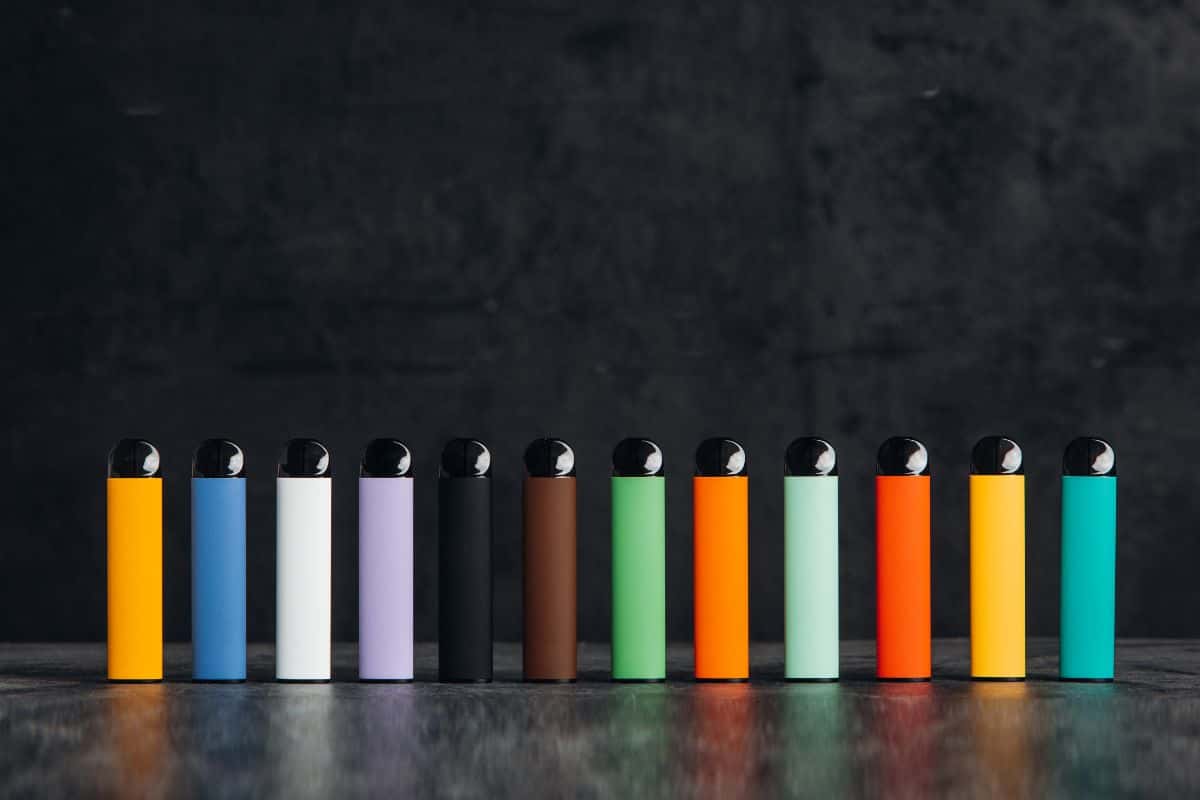
The Tax Hike on Vaping, What You Need to Know
In May of 2020, a new federal excise tax on vaping went into effect. The tax is applied to the sale of all vaping products, including e-cigarettes, e-liquids, and vape accessories. The tax is currently set at $0.25 per milliliter of e-liquid, which is about a 20% increase on the price of most products.
The tax hike was originally proposed as part of the Trump administration’s 2019 budget proposal. It was intended to help offset the cost of the president’s proposed border wall. However, Congress did not include the tax in the final budget agreement.
The vaping industry has been vocal in its opposition to the tax hike. They argue that it will hurt small businesses and lead to job losses. They also argue that the tax will make vaping more expensive for smokers who are trying to quit cigarettes.
The American Lung Association has applauded the tax hike, calling it a “bold step” toward reducing tobacco use. They argue that higher prices will discourage people from starting to vape, and motivate current smokers to quit.
It remains to be seen how effective the tax hike will be in achieving its goals. However, it is clear that it will have a significant impact on the vaping industry and on smokers who are trying to quit cigarettes.
| State | Vape Tax/ E-Cig Tax | Is Non-Nicotine E-Liquid Taxable? |
|---|---|---|
| Alabama | no tax | No |
| Alaska | no tax | No |
| Arizona | no tax | No |
| Arkansas | no tax | No |
| California | 61.74% VALM, additional 12.5% of retail | No |
| Colorado | 50% VALM | No |
| Connecticut | 10% VALW open, $0.40/ml closed | No |
| Delaware | $0.05/ml | No |
| District of Columbia | 79% VALW | No |
| Florida | no tax | No |
| Georgia | 0.05/ml closed replaceable cartridge, 7% VAL open & single-use closed | Yes |
| Hawaii | no tax | No |
| Idaho | no tax | No |
| Illinois | 15% VALM | Yes |
| Indiana | 15% VALM closed, 15% of retail on open | Yes |
| Iowa | no tax | No |
| Kansas | $0.05/ml | No |
| Kentucky | 15% VAL open, $1.50/cartridge closed | Yes |
| Louisiana | $0.05/ml | No |
| Maine | 43% VALM | Yes |
| Maryland | 12% of retail, 60% of retail on 5ml or more | No |
| Massachusetts | 75% VALM | No |
| Michigan | no tax | No |
| Minnesota | 95% VALM | No |
| Mississippi | no tax | No |
| Missouri | no tax | No |
| Montana | no tax | No |
| Nebraska | no tax | No |
| Nevada | 30% VALM | Yes |
| New Hampshire | 8% VALM open, $0.30/ml closed | No |
| New Jersey | 10% of retail open, $0.10/ml closed | No |
| New Mexico | 12.5% of VALM open, $0.50/cartridge closed | Yes |
| New York | 20% of retail | Yes |
| North Carolina | $0.05/ml | No |
| North Dakota | no tax | No |
| Ohio | $0.10/ml | No |
| Oklahoma | no tax | No |
| Oregon | 65% VALM | No |
| Pennsylvania | 40% VALW | Yes |
| Rhode Island | no tax | No |
| South Carolina | no tax | No |
| South Dakota | no tax | No |
| Tennessee | no tax | No |
| Texas | no tax | No |
| Utah | 56% VALM | No |
| Vermont | 92% VALW | Yes |
| Virginia | $0.066/ml | No |
| Washington | $0.09/ml open, $0.27/ml closed | Yes |
| West Virginia | $0.075/ml | Yes |
| Wisconsin | $0.05/ml | Yes |
| Wyoming | 15% VALM | No |
The Harms of the Federal Vape Tax Explained
When the federal government enacted a tax on cigarettes in 2009, it was done with the intention of curbing smoking rates and improving public health. However, many lawmakers and public health advocates argue that the tax has had the opposite effect, disproportionately impacting lower-income smokers who are less likely to be able to afford to quit.
In addition to making smoking more expensive, the tax has also been blamed for driving up the price of e-cigarettes and other vaping products, which many smokers use as a less harmful alternative to traditional cigarettes. The tax has been particularly hard on small businesses that produce and sell vaping products, many of which have been forced to close their doors or lay off workers as a result of the increased costs.
Some experts believe that the federal government’s heavy-handed approach to tobacco taxation is ultimately counterproductive, and that it would be more effective to invest in proven cessation programs that help smokers quit for good. Others argue that any steps taken to reduce smoking rates are worth it, even if they come at a cost.
Browse popular vape collections:
- Nicotine Disposables
- 2000 Puff Nicotine Disposable Vapes
- 2500 Puff Nicotine Disposable Vapes
- 5000 Puff Nicotine Disposable Vapes
- 6000 Puff Disposable Nicotine Vapes
- 7000 Puff Nicotine Disposable Vapes
- Disposable Vape Deals
- Best Vape Brands
- 8000 Puff Nicotine Disposable Vapes
- 9000 Puff Nicotine Disposable Vapes
- 5% Nicotine Disposable Vapes
- Rechargeable Nicotine Disposable Vapes
- Vape Coils
- Dab Wax Pens
- Dab Wax Pen Battery
- Yocan Vapes
- Vape Cases
Understanding the True Cost of Everything
It’s no secret that the cost of living is rising. But what’s often overlooked is the true cost of everything we purchase. When we factor in the hidden costs of ownership – like insurance, maintenance, and repairs – the real price tag of an item can be much higher than its initial purchase price.
The same is true for vaping products. While the upfront cost of a vape pen or e-juice may be relatively low, the long-term costs can add up quickly. That’s because most vapers use disposable coils, which need to be replaced regularly. Add in the cost of e-juice and batteries, and the total cost of vaping can easily exceed $100 per month.
And that’s not even taking into account the potential health risks associated with vaping. While more research is needed to determine the full extent of those risks, there’s no doubt that they exist. So when you factor in both the financial and health costs of vaping, it’s clear that it’s not as cheap as it initially appears to be.
The Bottom Line
The bottom line is that the new federal excise tax on vaping products will have a significant impact on the industry, but it is not clear how much of an impact it will have on public health. While the tax will undoubtedly make vaping more expensive, it is not clear whether it will discourage people from using e-cigarettes altogether or simply encourage them to find ways to avoid the tax. There are also concerns that the tax could disproportionately impact small businesses and drive up prices for consumers.
Sources:

